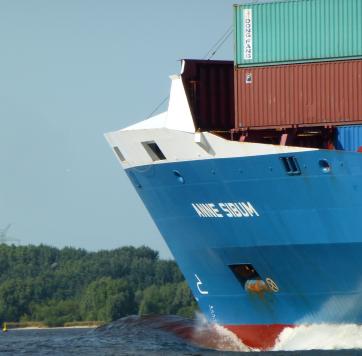
In terms of supporting the implementation of Australia's freight planning, China and Australia have adopted a series of specific policies and measures, covering multiple dimensions such as tariff reduction and exemption, customs clearance facilitation, logistics network optimization, multimodal transport development, digital trade promotion, infrastructure construction and international cooperation, aiming to enhance trade efficiency, reduce costs and promote bilateral trade development. The specific measures are as follows:
Tariff reduction and exemption policy: According to the Memorandum of Understanding on the Implementation of the China-Australia Free Trade Agreement, both sides have implemented an expanded tariff reduction and exemption policy, reducing tariffs on 98% of goods exported to Australia to zero. This policy has significantly reduced the cost of goods exported from China to Australia and enhanced the competitiveness of Chinese commodities in the Australian market.
Customs clearance facilitation measures: Both sides have established a rapid customs clearance mechanism for agricultural products, reducing the inspection cycle of dairy products from 14 days to 72 hours, which has greatly accelerated the customs clearance speed of goods. In addition, a trade dispute early warning system has been launched, a joint monitoring platform for fluctuations in bulk commodity prices has been established, red lines for early warning of iron ore and lithium ore prices have been set, and a pre-consultation mechanism for anti-dumping investigations has been initiated. This has shortened the handling cycle of dispute cases by 30%, providing a more stable trade environment for enterprises.
Logistics network optimization: To support the implementation of the freight planning in Australia, both parties are committed to optimizing the logistics network. For instance, by means of sea transportation combined with truck delivery (sea-truck intermodal transport), transportation efficiency can be enhanced and costs reduced. Meanwhile, the construction and upgrading of logistics infrastructure such as ports and airports have also been strengthened to enhance the capacity for loading, unloading and transshipment of goods.
The development of multimodal transport: Both sides support enterprises in promoting the development of multimodal transport by land, sea, air and rail through transportation modes such as truck flights, and popularize service models such as "single document" and "single container" for multimodal transport. This helps to reduce the time and cost loss of goods during the transfer process and improve the overall logistics efficiency.
Digital trade promotion: Launch a special working group on digital trade to promote the interconnection and interoperability of cross-border e-commerce payment systems. This helps simplify the trade process, improve transaction efficiency, and reduce the operating costs of enterprises.
Infrastructure construction: China has strengthened the construction and upgrading of infrastructure such as air ports to enhance the efficiency of goods import and export. For instance, optimize resource allocation, strengthen the inspection force at key cargo hub air ports, increase the allocation of inspection and testing equipment, and enhance the customs clearance efficiency of time-sensitive special goods such as cold chain goods like fresh food and temperature-controlled medicines, as well as high-value goods.
International cooperation and coordination: Both sides will enhance coordination and cooperation in the implementation of freight planning through high-level dialogue and cooperation mechanisms. For example, establish an emergency hotline at the foreign minister level to ensure communication and response within 24 hours for major events; Establish a working group for consultation on maritime rights and interests and hold technical talks on navigation rules in the South China Sea every quarter, etc.

